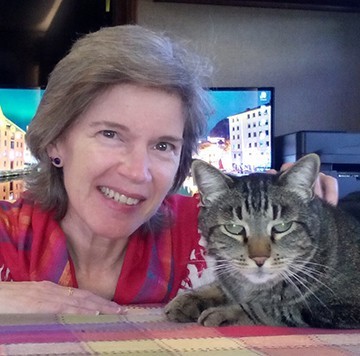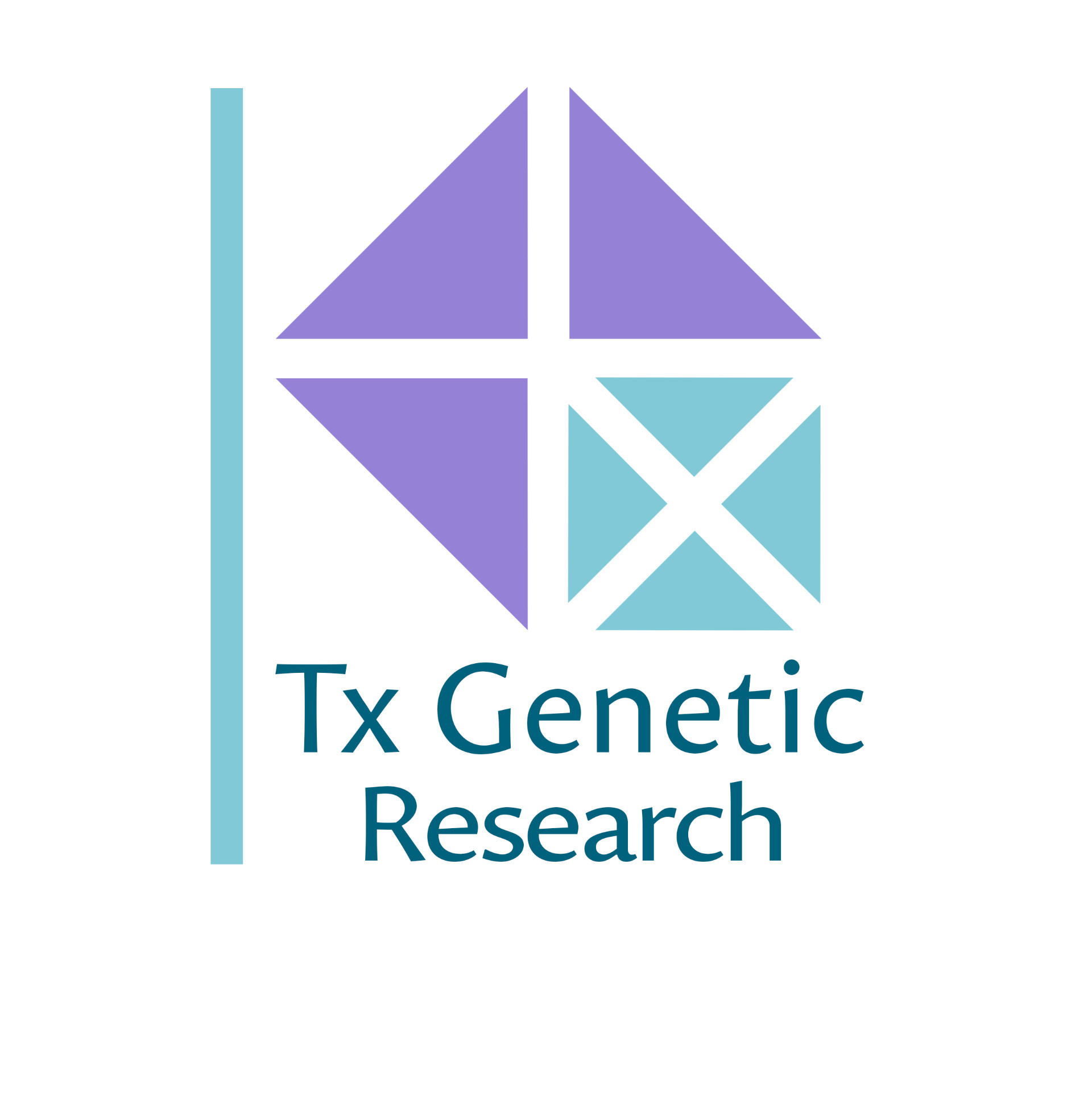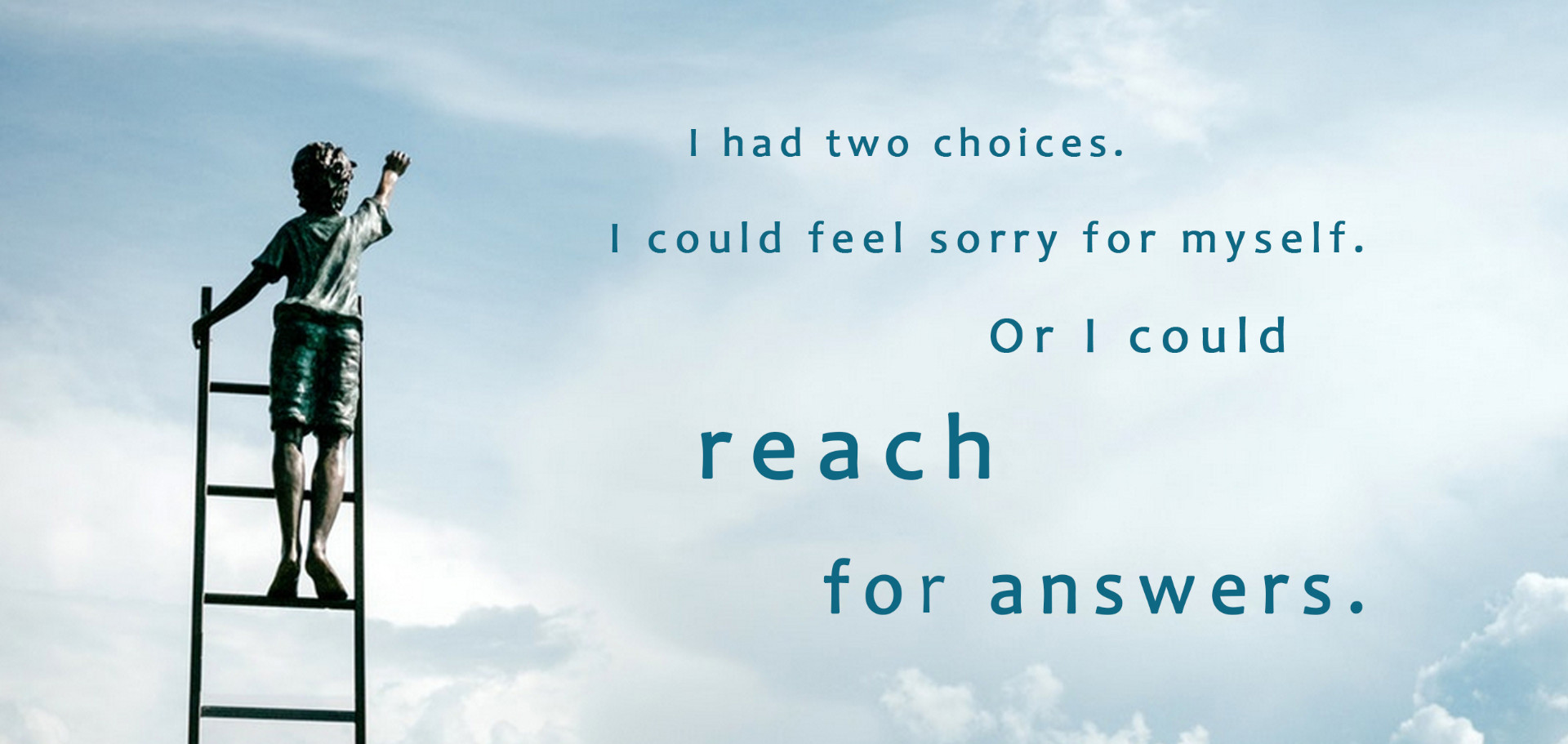That was the turning point.
I took control of my health.
Inside this delicious salad lurks an unseen assailant -- phenols!
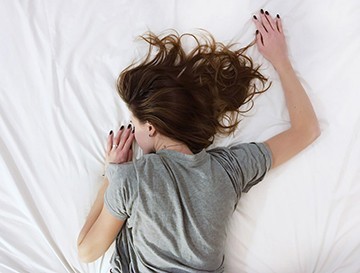
"She's Always Sick"
I've had a long history of respiratory, digestion and urinary problems and a handful of "women's issues." It began with recurring vaginal yeast infections and urinary tract infections in the mid-1980s. I had a breast lump biopsy in 1986, gallstones in the early 1990s (successfully treated non-surgically by a Chinese naturopath trained in traditional and Western medicine) and a total hysterectomy for large fibroid tumors in 2000. I developed fibromyalgia in 2002 which dissipated after I stopped eating gluten in 2006.
I had a bout of "urinary urgency" interstitial cystitis in early 2003 that eventually resolved many months later after hydrodistention. My reaction to the bladder distention of intense headache and facial break-out reminded me of detoxing from a yeast die-off. My bowels benefited from 20 or so sessions of high colonics in 2003-2004 that flushed out undigested matter, yeast and other parasites.
Then I developed ulcerative interstitial cystitis in February 2012. For two years I tried most of the standard medical and alternative health interventions, but my bladder inflammation and dysfunction became steadily worse. What started as intermittent pain became miserably chronic.
I can only describe it as like having a searing chemical burn on the inside of my body -- all day, all night, every day and night, non-stop. I felt awful, hopeless and was ready to have my bladder cut out just so I could be done with the whole mess. Eventually, nearly everything I ate created pain -- any sugar, any fat, any fruit or vegetable, any vitamin or mineral supplement.
I ended up avoiding eating just to experience some relief. At 5'2" with a medium build, I eventually dropped to 105 pounds. When I looked in the mirror I saw a walking skeleton with flesh hanging off the bones.

So Many Options, So Little Relief
I consulted a conventional urologist and a medical doctor whose practice focused on alternative health treatments. I tried a bladder instillation with sodium bicarbonate, alkalinized lidocaine and sodium hyaluronate but the local application of such concentrated chemicals made my pain worse. The nurse assured me the pain would diminish... in one to two years! I wasn't convinced this "standard" treatment was an effective approach to the problem.
I tried Elmiron but for me it was ineffective; the same with antihistamines. I was not interested in repeating the side effects of the SSRIs and Amitriptyline that were originally ineffective in managing my fibromyalgia.
I flirted with trying ozone treatment. The additional oxygen could help heal wounded tissue but when combined with water, ozone creates hydrogen peroxide, a reactive oxygen species precursor (oxidant). So I decided the gas instillation was a risk I was not willing to take. I tried following an interstitial cystitis elimination diet but foods that seemed to be safe for others increased my pain.
I tried, in Washington State where this is legal, high cannabinoid marijuana, both smoked and as an oil application on the abdomen, as I understood this chemical to be helpful to cancer patients. My husband even made me cannabinoid yogurt, which was quite good-tasting (thanks, honey!). It had a pain-relieving effect in my bladder but it also caused an increase in other symptoms of ill health (nausea, headache), so the benefit-to-cost health trade-off wasn't worth it.
I used external applications of heating pads and frozen peas, which helped relax the bladder muscle spasms or numb the inflammation respectively, but the pain always came back. I got some relief from large doses of the hormone pregnenolone, but after 3 months my body became adjusted to it and the pain returned. I had a similar result with the phenazopyridine dyes; effective for a week or so and then the efficacy wore off.
I drank aloe vera juice from the plant's inner leaf w/o citric acid preservative for about one month. It was very helpful in reducing my bladder pain, so that was good, but its natural mild toxicity exacerbated my sinus inflammation and congestion to the point where it was very uncomfortable to continue.
When desperate I would use baking soda and water to neutralize the acid in my urinary tract. The pain subsided for several hours, but with the next meal, the pain returned. I decided that over the long run it was deleterious to my health to change the chemical composition of my stomach acid via prescription acid blockers or home remedies on a long-term basis. While I was able to find occasional temporary relief, no permanent path forwarded presented itself.
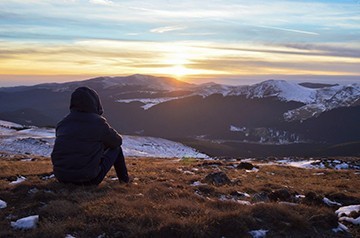
A Glimmer of Hope
One night I went to the local hospital ER because the pain was so severe I couldn't stand it. The medical team, not surprisingly, couldn't offer anything except an azo drug. But, I noticed that over the course of several hours the intravenous drip caused my bladder pain to subside -- what a relief!
This gave me the idea that staying well hydrated with pH-balanced water
that is free of excess chemical acids or alkaline minerals. I stopped
drinking the treated tap water. The elimination of the chloride and fluoride acids decreased my pain and the benefit remained as long as I drank pH-balanced water, or as close to it as possible, and I ingested at least 60 oz of water daily or more.
I was relieved to discover this then and later research revealed the importance of this step, including, if possible, avoiding bathing and showering in chemically-treated water. This was unfortunately the only bright spot on an otherwise very bleak and frustrating path.

Facing Myself
About that time I had occasion to see my face on a short video test. There was a woman with a blotchy red face and a host of pimples staring back at me.
I asked myself, "What other middle-aged woman looks like she's perpetually going through puberty?" I knew then that my body was widely out-of-balance and my ill-health wasn't confined to my bladder. I had to look further, research more broadly.
I decided that I must have a pervasive nutritional problem and this problem must have a nutritional solution. I was determined that I wouldn't give up until I found that solution!
Then in June 2014 I read Fire in the Belly by Dr. Keith Scott-Mumby, a British medical doctor whose practice specialty then was genetically-inherited food allergies, about the importance of having a healthy gut microbiome and how food allergies and chemical intolerances can damage this microbiome.
When I read the list of symptoms for salicylic acid (SA) sensitivity (SA is a chemical compound pervasive in fruits and vegetables; SA intolerance is well known) and realized how many of the symptoms I had, I smacked my red, blotchy forehead in surprise!
It all became clear. Just as if I was detoxing from yeast overgrowth, my face bore the physical record of the toxic load of a food chemical my body was always trying to dump.
In plants, salicylic acid serves as a natural pesticide. A version of salicylic acid is the main component of aspirin, which was originally made from willow tree bark. I remembered the last time I'd taken aspirin was in college because I didn't like the way it made me feel. (And no wonder the marijuana and aloe vera exacerbated my symptoms; the vast majority of plants contain some amount of SA.)
It wasn't apparent to me why a sensitivity to a food chemical would result in a dysfunctional bladder epithelium. That condition wasn't listed as a symptom of salicylic acid intolerance. After all, humans have been eating fruits and vegetables for millennia without, presumably, widespread bladder impact.
Other than a general understanding that a chemical stimulus can result in tissue damage and inflammation at any place in or on the body, and certainly excess SA passes through the bladder during elimination, I found no clear biochemical explanation for how bladder epithelium degradation may derive from SA. The SA intolerance was another clue, but I knew I needed to search further.
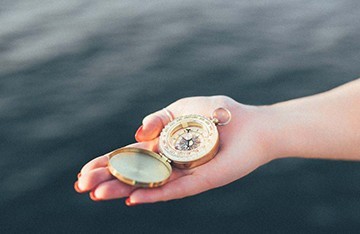
A New Direction
I eliminated high salicylic acid foods from my diet and, much to my relief, my pain decreased again, this time significantly.
That began a year-long investigation of food, water, supplement and exercise to eliminate my dysfunctional bladder epithelium based on the supposition that an intolerance of SA caused or exacerbated my bladder pain.
Without realizing it, I replicated for myself the currently well-known Feingold diet, an elimination diet removing artificial flavors, fragrances, sweeteners, colors, preservatives and foods containing salicylic acid for children with ADHD/ADD.
But after a year I realized I'd hit a plateau. I'd discovered a number of unusual and interesting foods to eat from all over the world, which was fun. And my pain stayed -- thankfully -- at a decreased level. I have learned there is an important biochemical reason why a low SA diet improved my bladder health but could not fully resolve the issue.

A New and Improved "New" Direction
Extending my research brought me into contact with the work of Dr. Rosemary Waring, who investigated the impact of phenol toxicity on children with autism.
The symptoms she described and the solutions she proposed appeared congruent with my own experience. An excellent short summary of this research is available at the website Enzyme Stuff (http://www.enzymestuff.com/epsomsalts.htm).
To stop the buildup of phenol toxins, I adjusted my diet to eliminate not just high salicylic acid foods but all high phenol foods. While there is significant overlap between these two categories (SA is after all a phenolic compound), there is not categorical food equivalence.
I also added natural terpene steroids to control the inflammation so that the bladder was in a more healthy condition for healing. I added non-plant based liver detox nutrition. I added amino acid, vitamin and mineral supplements to support the relevant enzymes to rebuild mucosa molecules. The adjustment worked! My condition started healing again.

On the Way to Better Health
With a low phenol diet, and with the help of the right supplements, my pain decreased dramatically. In three months my pain dropped to about 75% of what it had been when I started this process two years earlier. In the fourth month I was able to add low phenol foods back into my diet.
By the sixth month I was able to double the number of low-phenol foods in my diet and my pain was about 85% of its original manifestation. By the tenth month, my pain and dysfunction had decreased by 95%. My weight is now a comfortable 115 lbs, I've eliminated the daily lethargy and exercise-related fatigue and have energy all day. My bowel issues are resolving and my face has cleared up.
It's taken a multi-pronged approach to prompt this improvement and a dedication to maintaining it, including intervening with the inflammatory process in the lower urinary tract (very important!); changing how much and when I drink water and what kind of water I drink (as many interstitial cystitis patients have discovered); changing the supplements I take based on my genetic needs, when I take them and how I take them; increasing the exercise I get and the sleep I have; and decreasing the stress I experience.
But my dysfunctional urothelium is not healed solely by limiting my diet of fruits and vegetables. I had to dive into the study of genetics to fully understand the big picture. The insights learned from the research is on The Ah-ha! Insight page.
Since this health context is created by my genetic profile, it will not change. It will influence my choices for the rest of my life. By knowing this, I am empowered to control my diet and ultimately my health rather than feeling like I am the victim of mysterious biological forces.

